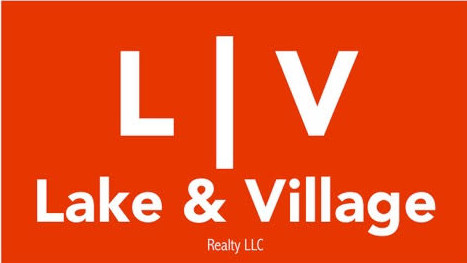By Michael Williams 12/19/20
In my post on November 19th, I made some statements about why Skaneateles has a strong real estate market with rising prices. In the short term, everything looks favorable: Inventory is low. Demand remains strong. Although Skaneateles is a treasured home of professionals and local businessmen, it’s not a “hot spot” of young professionals who have favored the larger cities and metropolitan areas for their opportunities and vitality.
What attracts people of all ages to Skaneateles is the geography and the lake, which I discussed in a previous post. If you’re young and your kids are school-aged, another big draw is the school system. New York’s schools all have local management and funding. Homeowners write their annual real estate school tax bill checks directly to their local school systems. Wide disparities among school districts thus exist throughout New York, despite the state government’s help to schools hard-pressed to collect enough local tax revenue. Skaneateles is fortunate to be a small town with an excellent school system and no private or parochial schools. The high lakeside property values historically have benefitted the district by keeping tax rates low, so Skaneateles has one of upstate New York’s lowest school tax rates.
What else? What attracts people without school-aged children? In addition to the lake as the primary attraction, Skaneateles boasts sound infrastructure in and near the village, a commercial center with a wide variety of businesses, restaurants superior to what the town’s size might otherwise support, and something . . . intangible. The region also offers many activities and attractions which I’ve covered here.
Also present is the opinion that those who can take their jobs with them to wherever they decide to live will make small towns more desirable again. I hope that’s the case. Many towns and small cities in upstate New York eagerly would accept more residents. Though NYC remains a center of finance and culture, it is almost five hours away by car.
Today, the National Association of REALTORS (NAR) issued its latest report on the “Top Ten Markets During and In a Post-COVID Environment in 2021-2022.”[1]
All of these markets are – wait for it – urban or a combination of urban and suburban.
- Atlanta – Sandy Springs – Alpharetta, Georgia
- Boise City, Idaho
- Charleston – North Charleston, South Carolina
- Dallas – Fort Worth – Arlington, Texas
- Des Moines – West Des Moines, Iowa
- Indianapolis – Carmel – Anderson, Indiana
- Madison, Wisconsin
- Phoenix – Mesa – Chandler, Arizona
- Provo – Orem, Utah
- Spokane – Spokane Valley, Washington
So much for the death of cities, though seeing some second-tier cities on the list is a pleasant change. Some of these smaller cities likely are benefiting from the ability of remote work, but all of them have a well-developed infrastructure and lots of cultural activities. In addition, several are outdoor meccas: Spokane, Provo, Boise City and Charleston.
So, what factors influenced the NAR’s report? Below is the list:
1) Fraction of the workforce working from home (2019)
2) Share of multi-generational households (2019)
3) Net domestic migration in a metro area (2019)
4) Movers from expensive West Coast areas moving into another metro area (2018)
5) Unemployment rate (September 2020)
6) Share of workers in retail trade, leisure and hospitality industries (2019)
7) Small business openings relative to January 2020 (November 2020)
8) Mobility to retail and recreation places relative to January 2020 (November 2020)
In Central New York, we generally have ample and available infrastructure, a low cost of living, year-round recreation, a high level of education attainment among the population, and several major universities and well-known colleges: Cornell, Syracuse, several SUNY schools, Colgate, Hamilton, Wells, Ithaca – and that’s before looking to RIT, University of Rochester, and more. What, then, is hindering the growth and success of the region as a whole? What differentiates Skaneateles from the many struggling communities in the region?
Again, location plays a large part in differentiating Skaneateles. The decades-old decision of developing and maintaining a commercial center in the village created economic stability. In the town, the presence of the global headquarters of medical device manufacturer Welch-Allyn (privately owned until recently and now a subsidiary of Hillrom) also strengthened Skaneateles’s economy. Economic stability allowed the village and the town to plan for the future because the largely recession-proof industry of medical supplies and instruments ensured the continuation of a stable tax base and well-paying jobs.
Thanks to the combination of all these features – attractive geography, well-made past decisions, a stable economy – Skaneateles has avoided the trials that many other towns have faced. Now, many people are choosing to retire to Skaneateles, so the community must consider the impact of this increase in independent retirees. That, however, is a topic for another time.
[1] The National Association of REALTORS. “Top Ten Markets During and In a Post-COVID Environment in 2021-2022.” National Association of REALTORS, https://www.nar.realtor/reports/top-ten-markets-during-and-in-a-post-covid-environment-in-2021-2022



